Queen Wilhelmina I of the Netherlands
Queen Wilhelmina I was the longest-serving monarch of the Netherlands, ruling for most of six decades in the 19th and 20th Centuries. She was born on Aug. 31, 1880, at Noordeinde Palace, in The Hague. Her father was the reigning monarch, King William III, and her mother was Queen Emma of Waldeck and Pyrmont. 
William died on Nov. 23, 1890, and Wilhelmina, his only surviving child, became queen. She was just 10, and so her mother served as regent. The girl became queen in her own right on Sept. 6, 1898, at a swearing-in ceremony just days after her 18th birthday. Even though as a young girl she had enjoyed a visit with the United Kingdom's Queen Victoria, Wilhelmina as queen echoed the sentiments of her people with regard to the conduct of Victoria's government in South Africa: disappointment and regret. The Boer Wars featured a struggle between U.K. soldiers and Boers, settlers from European countries, including the Netherlands. The wars ended in U.K. annexation of both the Orange Free State and the South African Republic. 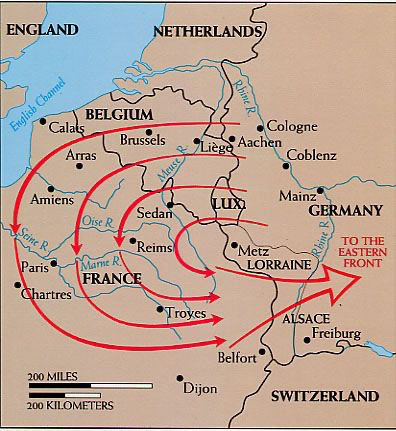
Wilhelmina insisted on neutrality during World War I, and neighboring Germany honored that pledge despite invading and occupying Belgium in 1914. Allied forces, however, acted harshly with regard to the possibility of the Netherlands aiding Germany. Allied ships routinely stopped Dutch watercraft, searching for contraband and ensuring that even Dutch nonwar goods didn't make it to Germany. Still, no battles were fought on Dutch soil. 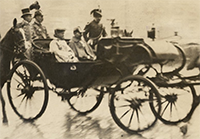
Near the end of the war, in the wake of the German Revolution, Wilhelmina allowed her relative, the German Kaiser Wilhelm II, to gain asylum in the Netherlands. This action was not popular with many of her subjects, particularly Socialist leader Pieter Troelstra, who wanted to overthrow the Dutch government and abolish the monarchy. The queen had the support of the people and of a majority in Parliament, however. 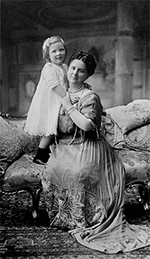
The queen had access to a considerable fortune because of a combination of family connections and her own strong business acumen, and this came in handy after the First World War, when her own and other governments were short of funds. She presided over the completion of the Zuiderzee Works, a massive hydraulic engineering project to forestall flooding while also creating new land for farming. Wilhelmina, like many in the Netherlands, was suspicious of the Nazi government in Germany. When the government proposed to set up a refugee camp for Jewish people fleeing persecution in Germany, the queen convinced leaders to place it farther away from the royal palace. Wilhelmina had married Duke Henry of Mecklenburg-Schwerin in 1901. After the death of a baby and a handful of miscarriages, Wilhelmina happily gave birth to a healthy daughter, Juliana, on April 30, 1909. The girl grew up at court, training to be the next monarch. She married Prince Bernhard of Lippe-Biesterfeld in 1937. 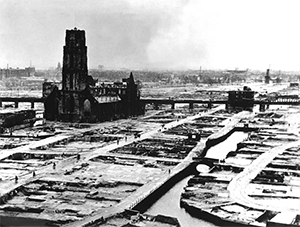
Germany invaded the Netherlands on May 10, 1940, deploying an overwhelming arsenal of men and weapons against a Dutch defense force that would have been inadequate during the First World War. Some 800 aircraft and 700 tanks bombed and rolled their way through the meager Dutch defenses; the German invasion also featured a mass drop of paratroopers. The German air force, the Luftwaffe, devastated Rotterdam, reducing the proud city to rubble, and then promised to do the same thing to Amsterdam and other Dutch cities. The royal family left the country not long before the country's armed forces surrendered, five days later. (The province of Zeeland alone continued to resist, finally succumbing on May 17.) The queen sailed to the United Kingdom and presided over a government in exile. She regularly communicated with her people using Radio Orange, which was outlawed by the occupying army. While the Dutch government carried on under the shadow of German occupation, the queen traveled away from the front, visiting the United States and Canada, addressing the U.S. Congress in 1942 and, a year later in Ottawa, attending the christening of Margriet, Juliana's daughter. One of Wilhelmina's strong actions from exile was to remove the Dutch prime minister, Dirk Jan de Geer, who had sought peace with Germany. She continued to express hope for liberation for her people. That liberation came, after several attempts, in 1945. Wilhelmina then returned–not to the royal palace but to a mansion in The Hague. 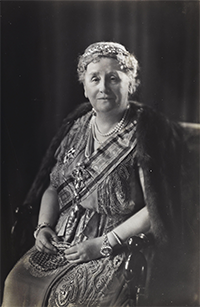
After a time, she traveled around the country, reveling in the popular support that she still garnered from the people. Despite this willingness to be seen, she began to suffer health problems. The wartime experiences that she had endured had quite exhausted her. She agreed at the end of 1947 to hand over her monarchical duties to her daughter, Juliana, her only child. Wilhelmina reinstated herself at the beginning of 1948 but in May of that year again stepped aside, letting Juliana take over. The queen made this handover permanent on May 12, 1948, when she abdicated her throne. She had become the longest-serving monarch in the history of the Netherlands, reigning for 57 years and 286 days. Wilhelmina stayed out of the public eye, in order to let Juliana run things as queen. The former monarch did return to comfort her people after the North Sea Flood of 1953, traveling around the country again and seeing the damage first-hand. She was instrumental in supporting the construction of the Delta Works, a series of dams, dykes, and flood barriers designed to hold back the water. She returned to Het Loo Palace, the summer residence of the House of Orange-Nassau. There, she wrote her autobiography, Eenzaam, maar niet alleen (Lonely but Not Alone). There, she died, on Nov. 28, 1962. She was 82. |
|
Social Studies for Kids
copyright 2002–2025
David White




